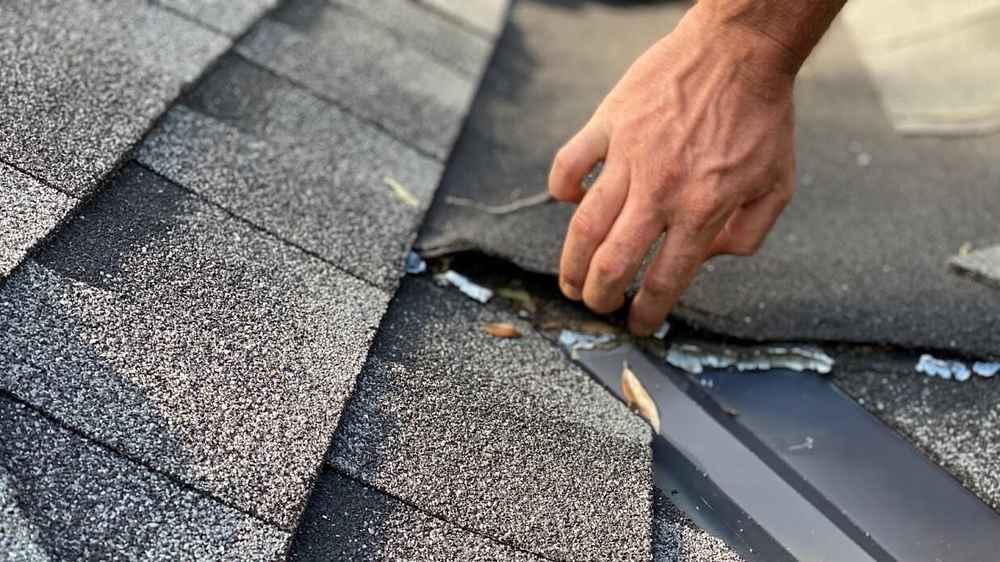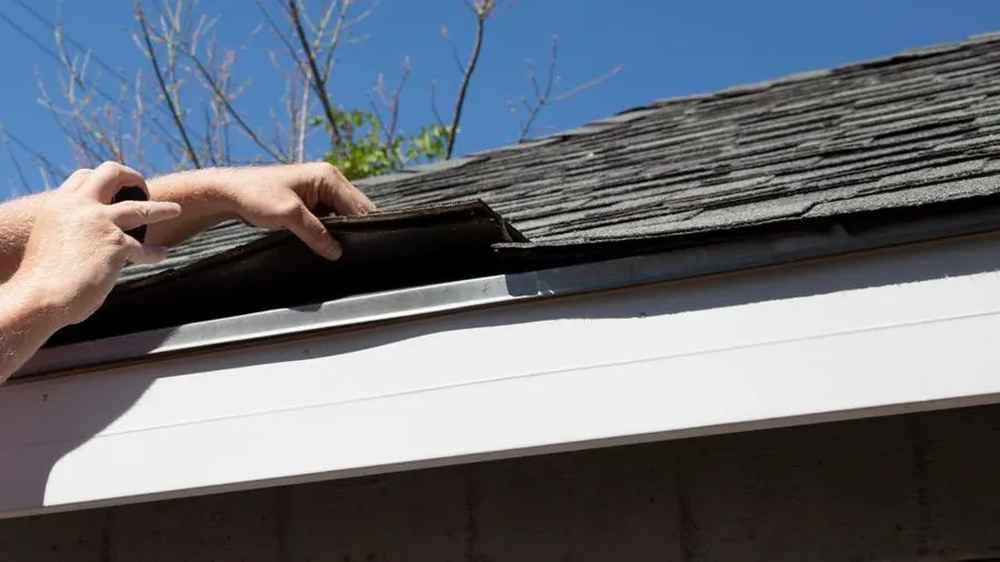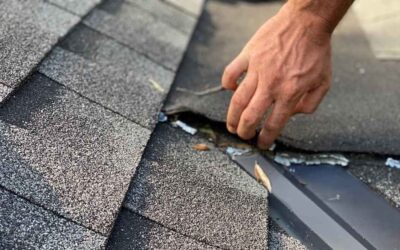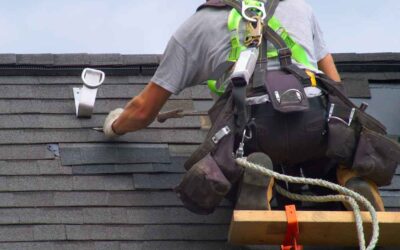Buying a home is a major investment, and the roof plays a critical role in protecting that investment. A damaged or aging roof can lead to expensive repairs, energy inefficiency, and even structural issues. Knowing the things to look for in a roof when buying a home can help you make an informed decision and avoid unexpected problems down the road.
From roof age to signs of leaks, here’s everything you need to check before finalizing your home purchase.
1. Roof Age: How Old Is It?
One of the first things to look for in a roof when buying a home is its age. Roof materials have different lifespans, and an older roof may need repairs or replacement sooner than you’d like.
Average Lifespan of Common Roof Materials
- Asphalt Shingles: 20-30 years
- Cedar Shakes: 30-50 years
- Metal Roofing: 40-70 years
- Slate or Tile: 50+ years
If the roof is near the end of its lifespan, you may need to budget for a replacement or negotiate with the seller for repairs.
2. Missing, Curling, or Damaged Shingles
Shingles are your home’s first line of defense against the elements. If they are missing, curling, or cracked, it could be a sign of underlying roof issues.
Signs of Shingle Wear and Tear
- Curling edges – A sign of weathering or poor attic ventilation.
- Cracked or broken shingles – May indicate wind or hail damage.
- Bald spots – Missing granules on asphalt shingles reduce water resistance.
Checking for shingle damage can help you determine if the roof needs minor repairs or a full replacement.
3. Leaks and Water Damage
A leaking roof can cause mold growth, wood rot, and structural damage. Look for these signs inside the home:
- Water stains on ceilings or walls
- Peeling paint or bubbling wallpaper
- Musty odors in the attic or upper floors
If the home has an attic, inspect it for damp insulation or visible water damage. According to the U.S. Environmental Protection Agency (EPA), unchecked moisture issues can lead to harmful mold growth [source].
4. Sagging Roof or Structural Issues
A roof should have a straight, even surface. If you notice sagging areas or dips, it could mean:
- Weak or rotting decking from long-term water damage.
- Excessive weight from multiple roofing layers.
- Structural problems in the home’s foundation.
A sagging roof is a major red flag that requires immediate professional inspection.
5. Condition of Flashing and Roof Valleys
Flashing is the material used around chimneys, vents, and skylights to prevent leaks. Damaged or rusted flashing can allow water to seep into the home.
Similarly, roof valleys (where two slopes meet) are high-risk areas for leaks. Check for:
- Cracked or missing flashing
- Rust or corrosion around metal flashing
- Debris buildup that could trap moisture
A well-maintained roof should have secure, intact flashing to prevent leaks.
6. Gutter System and Drainage
Gutters play a crucial role in directing water away from the roof and foundation. Clogged or damaged gutters can lead to roof leaks, ice dams, and foundation issues.
What to Inspect in the Gutter System
- Clogged or sagging gutters – Can lead to water overflow and roof damage.
- Downspouts – Should direct water at least five feet away from the home.
- Signs of rust or holes – May indicate gutters need replacement.
Proper drainage ensures the roof remains in good condition and prevents costly water damage.
7. Proper Ventilation in the Attic
A well-ventilated attic helps regulate temperature and prevents moisture buildup. Poor ventilation can lead to:
- Excess heat buildup – Shortens the lifespan of shingles.
- Moisture accumulation – Causes mold and rots wood structures.
- Ice dams in winter – A major issue for homes in colder climates like Minneapolis.
The U.S. Department of Energy emphasizes the importance of proper roof ventilation for energy efficiency and home protection [source]. Checking attic airflow can save you money on future repairs and energy bills.
8. Moss, Mold, or Algae Growth
Dark streaks or green patches on the roof may indicate mold, moss, or algae growth. These issues can:
- Trap moisture and speed up roof deterioration.
- Cause wood rot in cedar or asphalt roofs.
- Reduce curb appeal and lower home value.
While minor growth can be cleaned, excessive mold or moss could be a sign of underlying moisture problems.
9. Signs of Previous Repairs
Look for signs that the roof has been patched or repaired. This can indicate past issues that may return if repairs were not done correctly.
Red Flags to Watch For
- Mismatched shingles – Suggests spot repairs instead of full replacements.
- Multiple layers of roofing – Can add too much weight and hide hidden problems.
- Improperly sealed flashing – Can lead to future leaks.
A professional roof inspection can help determine if previous repairs were done correctly.
10. Storm Damage or Hail Impact
In storm-prone areas like Minneapolis, roofs often suffer from hail and wind damage. Even if damage isn’t immediately visible, hail can weaken shingles over time.
How to Spot Storm Damage
- Dented or bruised shingles from hail impacts.
- Granule loss, making shingles look bare or discolored.
- Loose or lifted shingles from high winds.
If you suspect past storm damage, ask the seller for maintenance records or request a professional inspection.
11. Warranty and Roof Documentation
Before buying a home, ask for documentation on the roof, including:
- Roof warranty details.
- Records of past repairs or replacements.
- Inspection reports from previous home sales.
Having this information can give you confidence in the roof’s condition and lifespan.
Make Sure Your Future Home Has a Strong Roof
A solid roof is essential for home safety, energy efficiency, and long-term value. Checking these things to look for in a roof when buying a home can help you avoid unexpected repairs and ensure a smart investment.
At Keystone Builders, we offer professional roof inspections and repairs to help homebuyers make informed decisions. Whether you need an inspection before closing or a full roof replacement, our team is here to help.
Get peace of mind before buying your home! Get a free estimate now to ensure your new home has a strong, reliable roof.





